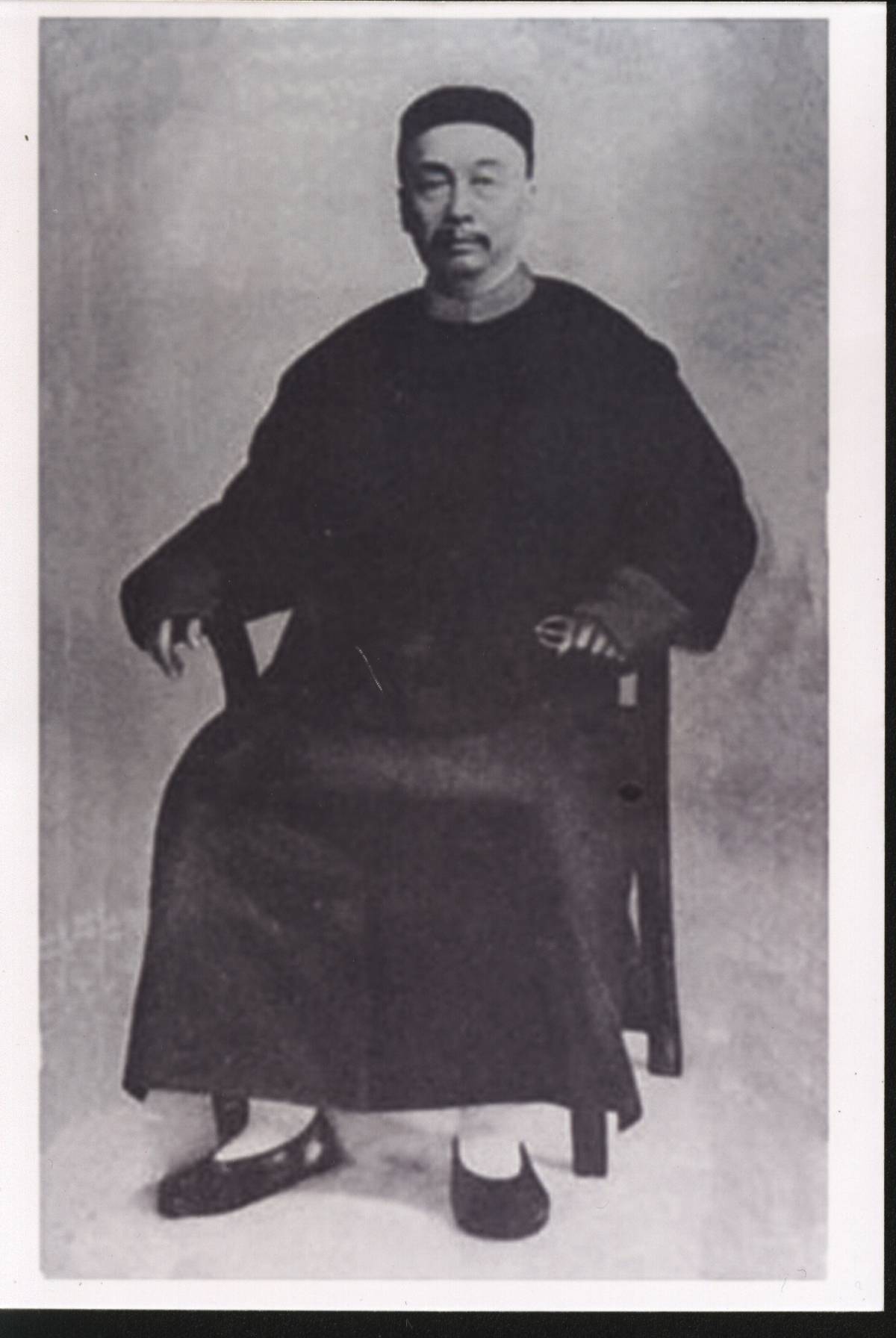

|
Founded 1904
|
|
Initially, he had worked as a shopkeeper in Indonesia. After his marriage, he established a trading company with the help of his father-in-law. Gradually, he began to accumulate his wealth through hard work and perseverance. In 1877, he began to expand his business from Jakarta to Medan. His business was mainly based on agricultural products such as rubber, coffee and tea. But he had diversified his business to the financial sector by acquiring a bank. This move had made him a wealthy man. In 1886, he decided to expand his business to Penang, Malaysia, by setting up a company here. As his business grew, he owned three ships which plied between Penang and Sumatra. In the course of his work, he occasionally resided in Penang and he owned a mansion in Leith Street, which stands to this day. Even though he has established himself in South-East Asia, he has not forgotten about his homeland in China. As a patriot, he had invested in China to prevent foreign domination of China’s economy. In 1890, in recognition for his hard work and contribution, he was appointed the Chinese Consul, based in Penang. Eventually, this office was shifted to Singapore, as during that time, Singapore was established as a well-known trading port in South-East Asia. As the Chinese Consul, he worked tirelessly for the interests of Overseas Chinese residents through diplomatic channels with the British authorities. In 1899, he was summoned back to China twice by the Emperor of China and instructed to present a national development plan, which was well received by the Qing Dynasty Government. As a result, he was promoted to be the Minister for agriculture, industries, roads and mines for the provinces of Fujian and Guangdong. Later he was instructed to conduct a study of trade and education in Penang and Singapore. Subsequently, the Singapore Chinese Chamber of Commerce was established. As Singapore and Penang were the English colony at that time, many Chinese preferred to enrol in English schools, Cheong was concerned that they might forget their mother-tongue eventually. He, therefore, donated a large sum of money to build the Ying Sing School in Singapore and Chung Hwa School in Penang. This was to encourage the Chinese to study in these schools, and to provide them an opportunity to learn their mother-tongue. In 1912, the Republican overthrew the Qing Dynasty Government and took over the administration of China. Cheong was appointed as a member of the Legislative Assembly so that he could be actively involved with politics. He was also appointed as the Chairman of the Chinese national Chamber of Commerce, which was well received by all parties. In 1915, he was sent to the United States to study all aspects of industrialization of that nation. During his journey, when he stopped over in Hong Kong, he was awarded a Ph.D in Law. Cheong Fatt Tze passed away in Indonesia in 1916. His body was sent back to China to be buried. On its final journey through Penang, Singapore and Hong Kong, the overseas Chinese were greatly saddened by the loss of this great personality. The Chinese government sent a high-ranking official to his funeral and ordered the National Archives to record his life in historical documents so that his contributions would always be remembered.
More about Cheong Fatt Tze and his Blue Mansion :-
|
![]()
Created: November 26, 2002. Last update: March 05, 2009
©2002-2003 All rights reserved. Send
comments and enquiries here.


